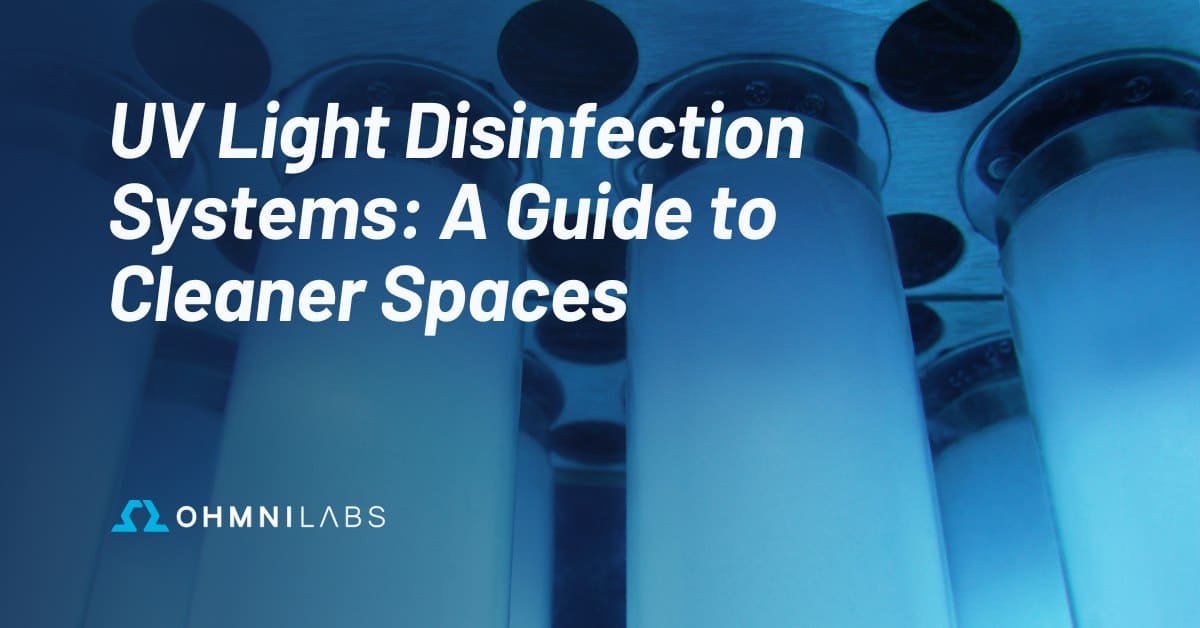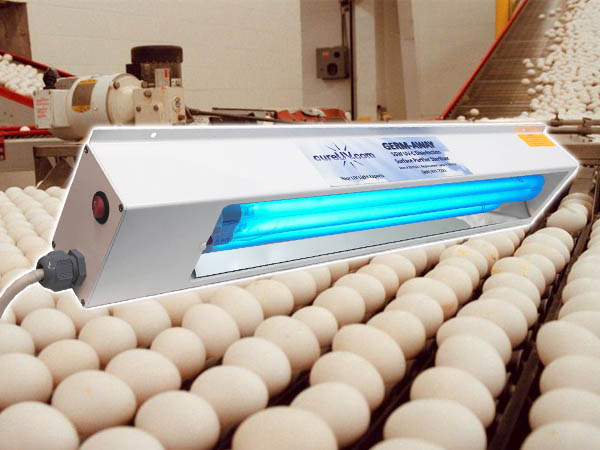Far-UVC Modern Technology Unleashed: Changing UV Sanitizers for Maximum Effectiveness
Wiki Article
Much UVC Light: A Game-Changer in the Battle Against Airborne Pathogens
In the ever-evolving fight against airborne virus, the development of far UVC light has sparked considerable interest and possibility. What precisely is far UVC light, and how does it work?The Science Behind Far UVC Light
The scientific concepts underlying making use of Far UVC light as a prospective remedy for combating airborne microorganisms are both intricate and promising. Much UVC light describes a certain variety of ultraviolet (UV) light wavelengths, normally between 207 and 222 nanometers, which have actually been discovered to efficiently kill or inactivate bacteria such as infections and germs. Unlike standard UVC light, which has a shorter wavelength and is known for its germicidal residential properties however can likewise hurt human skin and eyes, Far UVC light has been shown to be risk-free for human exposure.The essential mechanism behind the efficiency of Far UVC light depend on its capability to pass through and ruin the hereditary material of bacteria, including their DNA and RNA. When revealed to Far UVC light, the genetic material goes through a procedure called photodimerization, where nearby bases in the DNA or RNA molecule bind with each other, preventing replication and making the bacterium not able to cause or reproduce infection.

Exactly How Far UVC Light Works
Much UVC light runs by using details ultraviolet wavelengths to successfully counteract microorganisms and stop their replication, making it an encouraging solution for combating air-borne virus. Unlike traditional UVC light, which is dangerous to human skin and eyes, far UVC light has much shorter wavelengths, normally in the variety of 207 to 222 nanometers (nm), that do not penetrate the outer layer of the skin or the tear layer of the eye. This makes it risk-free for constant human exposure, while still being dangerous to germs and infections.The effectiveness of far UVC light depend on its capability to damage the dna and permeate and RNA of microbes. When subjected to much UVC light, the genetic material of these microorganisms is damaged, rendering them unable to duplicate and contaminate cells. Furthermore, studies have actually shown that much UVC light can efficiently inactivate airborne viruses, such as flu, measles, and coronaviruses, including SARS-CoV-2, the infection liable for COVID-19.
Furthermore, far UVC light is likewise capable of sanitizing surface areas and objects in an encased space. By setting up far UVC lighting fixtures or using mobile far UVC light gadgets, it is possible to continually disinfect the air and surface areas, minimizing the danger of air-borne transmission of microorganisms.
Benefits of Far UVC Light
Utilizing far UVC light offers a variety of considerable advantages in combating air-borne microorganisms and making sure a more secure setting for continual human direct exposure. Among the vital benefits of far UVC light is its capability to efficiently reduce the effects of numerous sorts of damaging germs, infections, and fungis without causing damage see here to humans. Unlike conventional UV light, which can be unsafe to human skin and eyes, far UVC light has a shorter wavelength that allows it to target and ruin microorganisms while posturing minimal danger to human wellness.
Additionally, far UVC light is much safer for the environment compared to standard sanitation techniques. Chemical anti-bacterials usually consist of harmful components that can have unfavorable influences on the setting. Much UVC light, on the other hand, does not produce any harmful results or deposits, making it a more eco-friendly and lasting service.
Applications of Far UVC Light
Much UVC light has confirmed to be effective in eliminating airborne microorganisms such as microorganisms, infections, and fungi. Unlike conventional UV light, far UVC light is risk-free for human exposure, making it ideal for constant usage in public areas such as institutions, healthcare facilities, and workplaces.Another application of far UVC light remains in the healthcare industry. It can be utilized to decontaminate hospital areas, operating movie theaters, and clinical tools, lowering the danger of healthcare-associated infections. In addition, far UVC light can be included right into a/c systems to purify the air circulating in buildings, supplying an included layer of defense against airborne virus.
Furthermore, much UVC light can be used in the food market to avoid foodborne illnesses. It can be used to sanitize food processing facilities, eliminating germs and other bacteria that might contaminate food.
Future Effects of Far UVC Light
The possible future applications of much UVC light are huge and hold assurance for numerous markets and fields. One of the essential areas where much UVC light could have a substantial effect is in healthcare settings. Health centers and clinics could utilize far UVC light to disinfect individual areas, operating cinemas, and waiting areas, decreasing the danger of healthcare-associated infections - far-uvc. This can potentially cause better individual results and lowered health care prices.In addition, making use of far UVC light in public areas such as airports, train terminals, and mall can aid control the spread of air-borne microorganisms. By constantly sanitizing these areas, the danger of transmission might be substantially reduced, offering a safer environment for individuals.
One more possible application of much UVC light is in the food sector. Much UVC light can be utilized to sanitize cooking surface areas, packaging materials, and storage locations. This might assist stop the contamination of food and decrease the event of foodborne health problems.
Furthermore, far UVC light might be made use of in heating and cooling systems to disinfect the air circulating in buildings. This can be especially helpful in crowded spaces such as movie theaters, institutions, and workplaces, where the threat of airborne transmission is greater.
Verdict
In final thought, far UVC his comment is here light has arised as a game-changer in the battle versus airborne microorganisms. From public rooms to healthcare setups, much UVC light deals many benefits in decreasing the transmission of diseases.
Far UVC light refers to a certain variety of ultraviolet (UV) light wavelengths, generally between 207 and 222 nanometers, which official source have been discovered to successfully eliminate or suspend microbes such as viruses and germs. far-uvc. Unlike standard UVC light, which has a shorter wavelength and is known for its germicidal homes however can also hurt human skin and eyes, Far UVC light has actually been revealed to be risk-free for human exposure
Unlike traditional UVC light, which is unsafe to human skin and eyes, far UVC light has much shorter wavelengths, normally in the array of 207 to 222 nanometers (nm), that do not pass through the external layer of the skin or the tear layer of the eye. Unlike conventional UV light, which can be harmful to human skin and eyes, much UVC light has a shorter wavelength that allows it to target and destroy pathogens while posturing minimal threat to human health.
Unlike conventional UV light, much UVC light is safe for human exposure, making it appropriate for continuous usage in public rooms such as health centers, institutions, and workplaces.
Report this wiki page